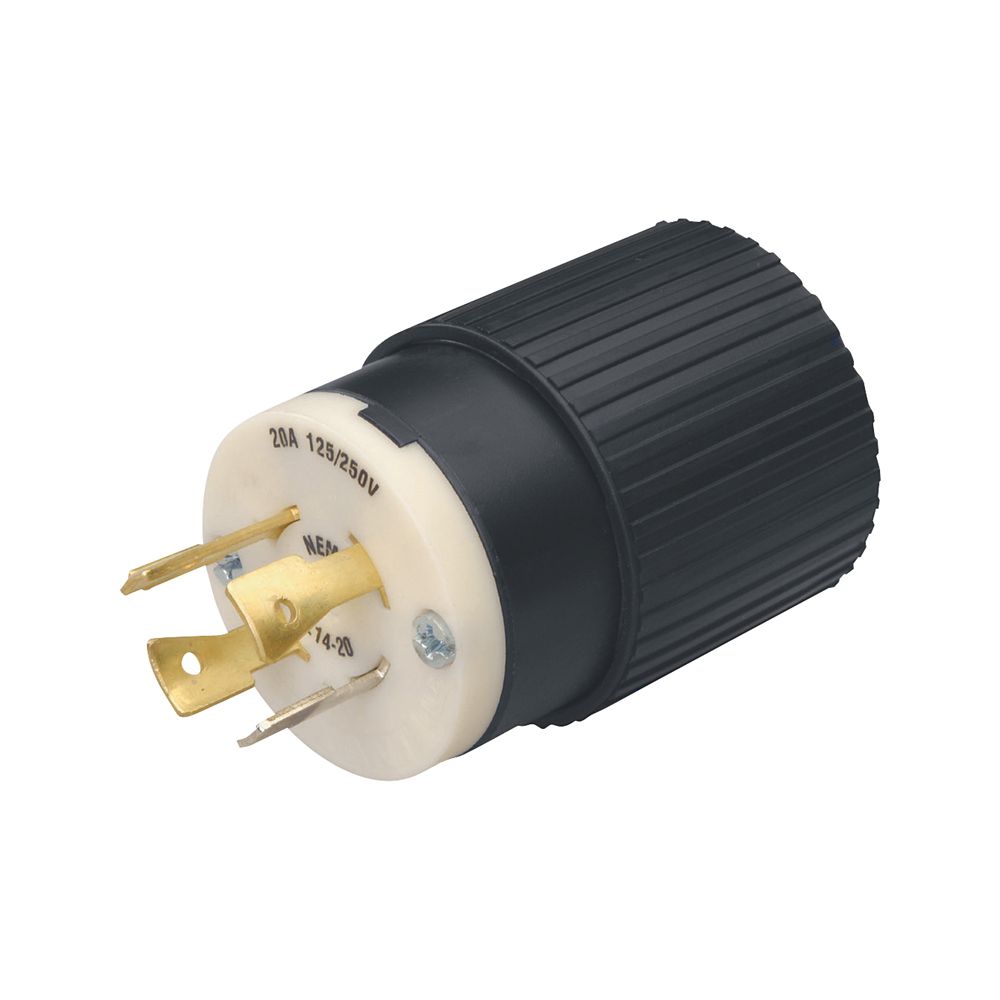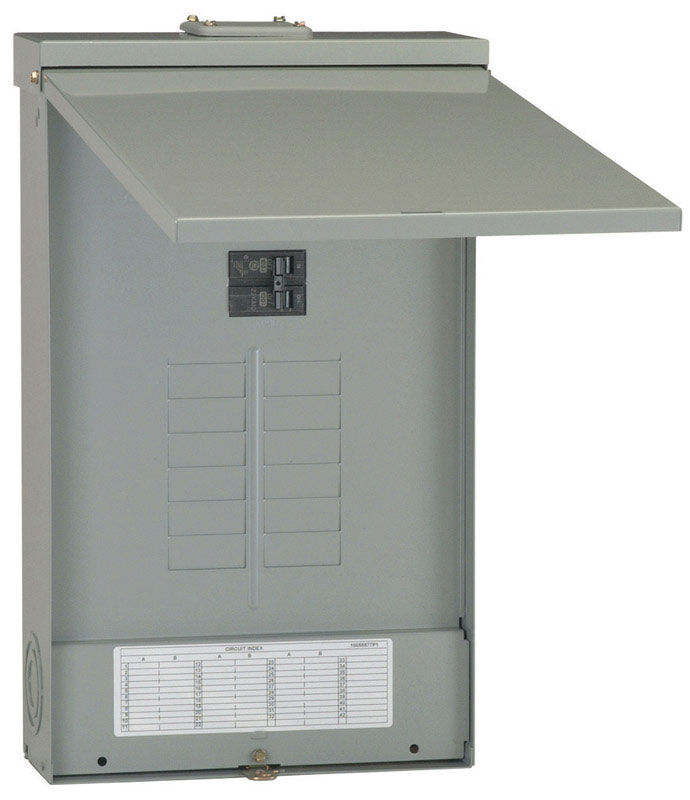
To reduce the risk of electric shock, plug and socket systems have safety features in addition to the recessed contacts of the energised socket.Ī socket may be surrounded by a decorative or protective cover which may be integral with the socket. Some plugs have built-in fuses for safety. Some plugs have female contacts that are used only for an earth ground connection. The plug is a male connector, often with protruding pins that match the openings and female contacts in a socket. Typically no energy is supplied to any exposed pins or terminals on the socket, for safety.Ī plug is the movable connector attached to an electrically operated device, and the socket is fixed on equipment or a building structure and connected to an energised electrical circuit. Clockwise from top left: CEE 7/4 (German) plug a matching CEE 7/3 socket with exposed earth (ground) projections on circumference of socket CEE 7/5 (French) socket with projecting earth pin. Plugs and sockets may sometimes combine male and female contacts.
#240 volt plug coinverter full
Some multi-standard sockets allow use of several types of plug improvised or unapproved adaptors between incompatible sockets and plugs may not provide the full safety and performance of an approved socket-plug combination. Coordination of technical standards has allowed some types of plug to be used across large regions to facilitate trade in electrical appliances, and for the convenience of travellers and consumers of imported electrical goods.

Today there are about 20 types in common use around the world, and many obsolete socket types are found in older buildings. A proliferation of types developed for both convenience and protection from electrical injury.
#240 volt plug coinverter portable
Plugs and sockets for portable appliances became available in the 1880s, to replace connections to light sockets with wall-mounted outlets. Different standard systems of plugs and sockets are used around the world. Electrical plugs and sockets differ from one another in voltage and current rating, shape, size, and connector type. That way you will spend less precious holiday time shopping for items you need.AC power plugs and sockets connect electric equipment to the alternating current (AC) mains electricity power supply in buildings and at other sites. We recommend buying your adapter or converter before leaving home. In Canada: Canadian Tire, Rona, Reno Depot, Home Depot, etc. In Europe: Hardware stores (Monsieur Bricolage, Leroy Merlin, etc.), at the airport and many other locations. A converter is more expensive than an adapter. Note that a converter can also be used as an adapter there is no need to buy both.

Examples include camera chargers, phone chargers, laptops, etc.Ī converter is necessary if you intend to use appliances with a motor, such as a hairdryer or an electric razor. In general, an adapter is all you need for non-motorized appliances.

Otherwise, you will not be able to use your electric appliances during your Canadian vacation (phone charger, camera charger, laptop, etc.)Ĭanadian electrical sockets are Type B as shown below: In order to plug in your electric appliances, you will need a plug adapter or a converter. It is an old designation and it is still used by the general public.Įuropean plugs are not compatible with Canadian electrical sockets. However, don't be suprised if you hear or read 110 V.

In Canada and Quebec, and in fact everywhere in North America, the standard voltage is 120 V (with a standard frequency of 60 Hz) rather than the 220 volts used in Europe.


 0 kommentar(er)
0 kommentar(er)
